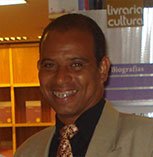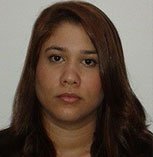They graphically represent situations predicted by environmental legislation, which are only indicative, therefore they are only informative.
 THE SIGMAM
THE SIGMAM
HISTORY
Phase One: Studies for the construction of the Environmental Signs System Methodology (SIGMAM, for its meaning in Portuguese) started in 1993, when the Author – Prof. Deraldo Moraes took the FUNDESP/UCSAL Post-graduation course in Environmental Management in Salvador-Ba. In this first phase, completed in 1994, the Author developed only the theoretical part, projecting possibilities for the law’s symbolic transformation.
Phase Two: In 1995, studies continued during the Post-graduation course in Environmental Education at the State University of Santa Catarina (UDESC, for its meaning in Portuguese), in Florianópolis-Sc. In this second phase, completed in 1997, both theoretical and practical parts were developed with SIGMAM tests in public schools and in the City Park of Lagoa do Peri in Florianópolis-Sc.
Phase Three: In 2001, studies continued in the Sustainable Development Master course at University of Brasília (UnB, for its meaning in Portuguese), in Brasília-DF. In this Third and Final Phase, completed in 2003, the final theoretical and practical parts of the Methodology were developed, based on research-action, and SIGMAM tests were performed in Pituaçu City Park in Salvador-Ba.
OBJECTIVES
- Simplify the understanding of the environmental legislation for everyone;
- Convert the law’s clauses into specific signs;
- Minimize negative habits of the ingrained predatory culture;
- Also allow supervision from society
AUTHOR: Prof. M Sc Deraldo Antônio Moraes da Silva
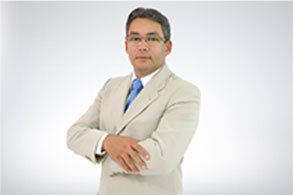
Master in Sustainable Development (UnB). Specialist in Environmental Management (FUNDESP-UCSAL). Specialist in Environmental Education (UDESC). Specialist in Management of Public Security (APMBA-UNEB). Degree in Public Security (APMBA). Consultant of the Environmental National Fund (FNMA), of the Ministry of Environment (MMA). Collaborative Instructor in Sustainable Public Management of Finance Administration School (ESAF-BA, for its meaning in Portuguese). Sustainable Consultant in Public Administration and private sector, in Environmental Management and Biodiversity. Member of the CRA-BA Environmental Special Commission. Graduate and Undergraduate Professor. Writer with books published in the environmental field, distance education and scientific research methodology.
Only available in Portuguese
PUBLISHED BOOKS
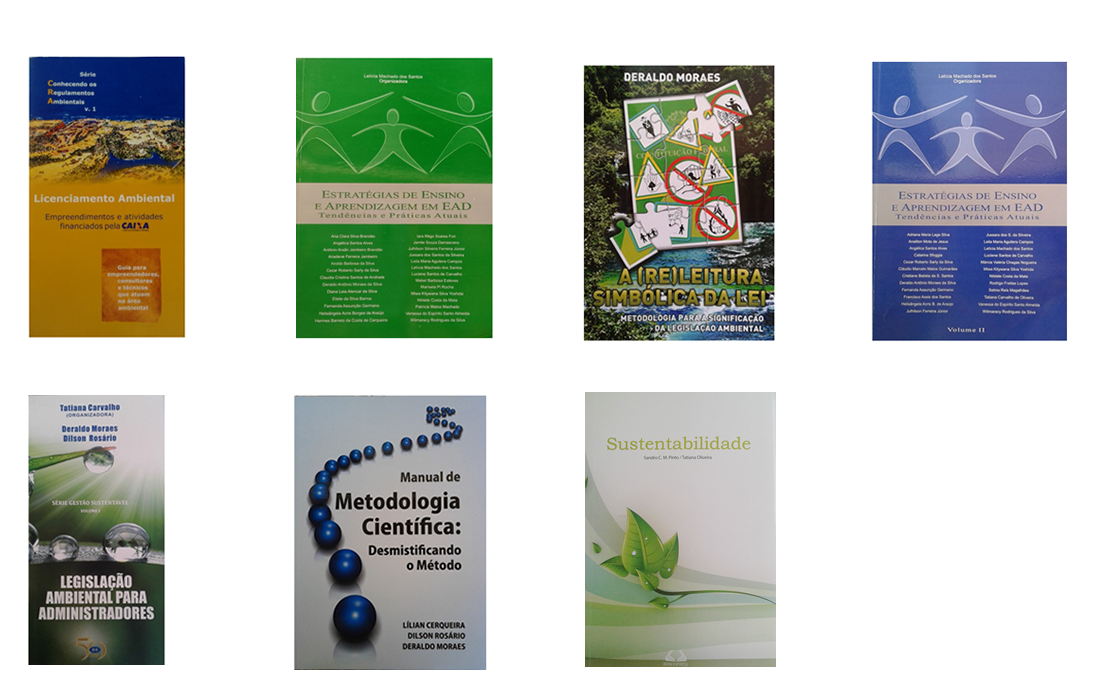
Publication in Technical Course
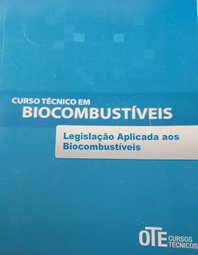
CONSULTANTS

SIGMAM SUBGROUPS
The system presents three subgroups according to what its message represent. It is divided in: Indication, warning and regulation signs.
INDICATION SIGNS
WARNING SIGNS
They graphically represent situations predicted by environmental legislation and, despite of not constituting a crime or contravention, they need to warn people; hence, they present recommendation messages.
REGULAMENTATION SIGNS
They graphically represent situations predicted by environmental legislation where improper use of natural resources constitute crime or contravention because it is restrict or prohibited; hence, there are imperative messages.
WHY SIGMAM WAS CREATED?
It was created because there was not a system like this in the environmental legislation, in a systematic way and also because it was unavailable as an educational resource. In addition, we noticed that initiatives to translate environmental legislation – which is technical, specialized and difficult to access – are very few.
Law’s advertising model in Brazil reaches only a reduced group of people. In the same was regarding writing meaning, it leaves aside the illiterate, and those who do not speak our language.















